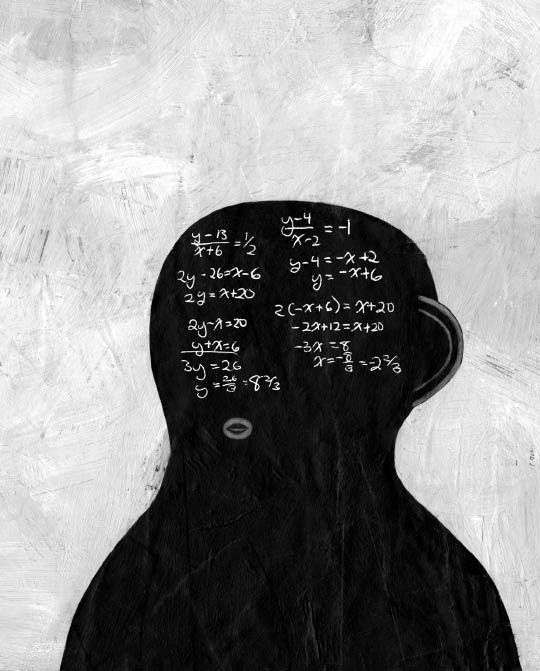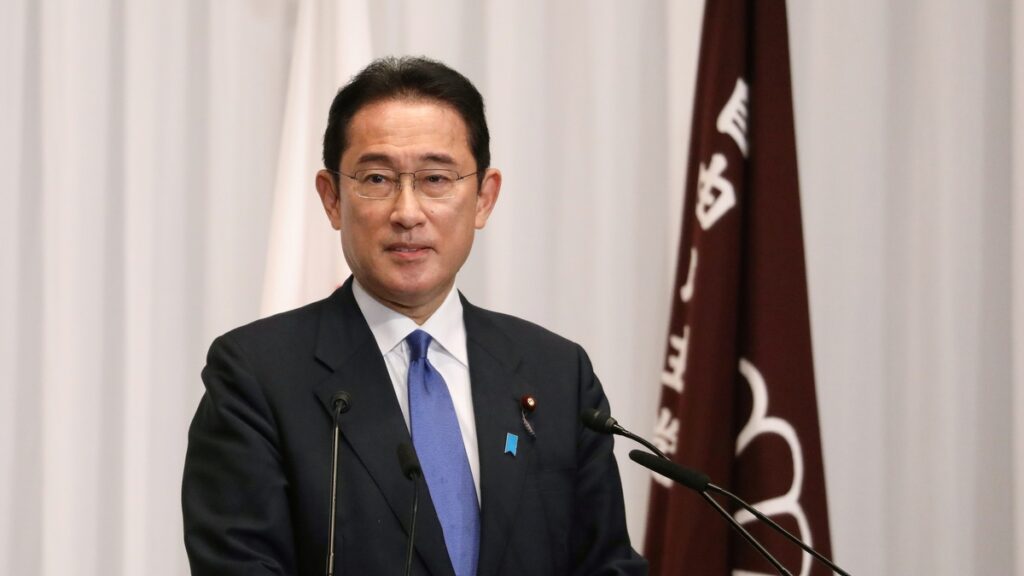Yes, the Philippines is considered part of Asia geographically. However, many Filipinos have a closer attachment to the West.
Despite this, officially, Filipinos are categorized as Asians and the Philippines is part of Southeast Asia. The country has seen immigration from various parts of the world, including the Americas, Europe, and China. While there may be confusion about their cultural identity, the Philippines is recognized as an Asian country.
The people of the Philippines have an Asian consciousness and aspiration, despite the influence of Anglo-European cultural characteristics. Overall, the Philippines is a diverse country with a rich history and a unique blend of Asian and Western influences.
The Philippines: Geographically Asian, Culturally Diverse
The Philippines is officially listed as a Southeast Asian country by the UN, geographically located in Asia. However, the cultural influences in the Philippines are a blend of both Eastern and Western traditions. The country has seen immigration from American, European, Chinese, and other communities, which has contributed to its diverse cultural landscape. Despite this diversity, Filipinos are categorized as Asians and the Philippines is recognized as part of Southeast Asia. While some Filipinos may feel a closer attachment to the West, the Philippines remains a geographically Asian nation with cultural influences from both the East and the West.
The Filipino Identity: An Asian Perspective
Are the Philippines Asian? The answer to this question can be quite complex. Geographically, the Philippines is part of Southeast Asia. However, many Filipinos feel a stronger connection to the West due to historical and cultural influences. Despite this, the United Nations officially categorizes the Philippines as a Southeast Asian country. Filipinos have a unique identity influenced by American, European, Chinese, and indigenous cultures. They are considered Asian due to their Southeast Asian origin. It is important to recognize the diversity within Asia, with the Philippines being one of the many distinct cultures in the region.
The Filipino Identity: A Western Influence
Despite being geographically located in Southeast Asia, many Filipinos feel a strong attachment to Western traditions and values. This influence can be seen in various aspects of Filipino culture, including language, religion, and even daily habits.
One of the most significant Western influences is the use of the English language. English is widely spoken and taught in schools, making it the second official language of the country. Similarly, Christianity, particularly Catholicism, was introduced by Spanish colonizers and remains a dominant religion in the Philippines.
The American influence is also evident in Filipino cuisine, fashion, and entertainment. Fast food chains such as McDonald’s and KFC are highly popular, and Western fashion trends are embraced by many Filipinos. Moreover, Western movies, music, and television shows have a substantial following in the country.
While embracing Western cultural influences, Filipinos also maintain their unique traditions and values. It is this combination of Western and indigenous elements that shapes the Filipino identity, making them distinct and diverse within the Asian context.
Cultural Dichotomy: The Asian-western Hybrid
The Philippines is officially listed as a Southeast Asian country by the UN, making Filipinos considered as Asian. Geographically, the Philippines is part of Southeast Asia, but culturally, there is a unique dichotomy in Filipino cultural identity. Despite the influence of Western colonization and American cultural characteristics, the Filipino people have an Asian consciousness and aspiration. The integration of Asian and Western elements is evident in Filipino society, with a blend of traditions, languages, and customs. The Philippines is a melting pot of various influences, including Spanish, Chinese, and indigenous cultures. This fusion of diverse cultural backgrounds contributes to the rich and vibrant heritage of the Filipino people.
The Philippines And Southeast Asia: A Complex Relationship
The Philippines is officially classified as a Southeast Asian country, but the relationship between the Philippines and Southeast Asia is complex. Geographically, the Philippines is part of Southeast Asia, but many Filipinos feel a closer attachment to the West. Despite this, Filipinos are considered Asian because the UN lists the Philippines as a Southeast Asian country. The Philippines has seen immigration from various countries, including America, Europe, China, and other Southeast Asian nations.
From a cultural perspective, the Filipino people are influenced by both Asian and Western cultures, making their identity unique. While some Filipinos may identify more with being Pacific Islanders, officially they are categorized as Asians.
It is important to note that the Philippines is a diverse country with a rich history and culture. As such, the Filipino identity cannot be easily categorized into a single racial or ethnic group.
Filipinos: Reflections Of Both Asia And The West
|
The Philippines is geographically part of Southeast Asia, but the cultural influences in the country reflect a fusion of both Asian and Western elements. While officially categorized as Asians and part of Southeast Asia, many Filipinos feel a closer attachment to the West. This cultural fusion has a significant impact on Filipino identity. The lifestyle in the Philippines is shaped by a mix of Asian and Western influences. Traditions, values, and social norms are blended, creating a unique cultural identity. In terms of language, English and Filipino (based on Tagalog) are the official languages in the Philippines, reflecting the historical influence of both Asia and the West. Additionally, Filipino cuisine combines Asian flavors with Spanish, American, and other international influences. The use of ingredients and cooking techniques from various cultures results in a diverse culinary scene. In conclusion, while the Philippines is geographically Asian, the cultural influences from the West cannot be ignored. This fusion creates a distinct Filipino identity that reflects both Asia and the West. |

Credit: rethinkingschools.org
Frequently Asked Questions For Are The Philippines Asian
Is Philippines Considered Asian?
Yes, the Philippines is considered Asian and is officially part of Southeast Asia. The Filipino people are categorized as Asians and have cultural connections to both the West and Southeast Asia.
Is Philippines One Of The Asian Countries?
Yes, the Philippines is considered one of the Asian countries, specifically part of Southeast Asia.
Are Filipinos Considered Asian?
Yes, Filipinos are considered Asian as their origin is from Southeast Asia. Geographically, the Philippines is part of Southeast Asia. However, some Filipinos feel a closer attachment to the West.
Is Philippines Part Of Southeast Asia?
Yes, the Philippines is officially listed as a Southeast Asian country by the United Nations. Geographically, it is part of Southeast Asia, which is a region composed of eleven countries with impressive diversity in religion, culture, and history.
Conclusion
In terms of geography, the Philippines is indeed part of Southeast Asia. However, the cultural and historical influences on the Filipino people have also resulted in a closer attachment to the West. Therefore, while officially categorized as Asians and part of Southeast Asia, many Filipinos feel a hybrid identity with both Asian and Western influences.
This complex blend of cultures is what makes the Philippines a unique and diverse country in the Asian continent.

